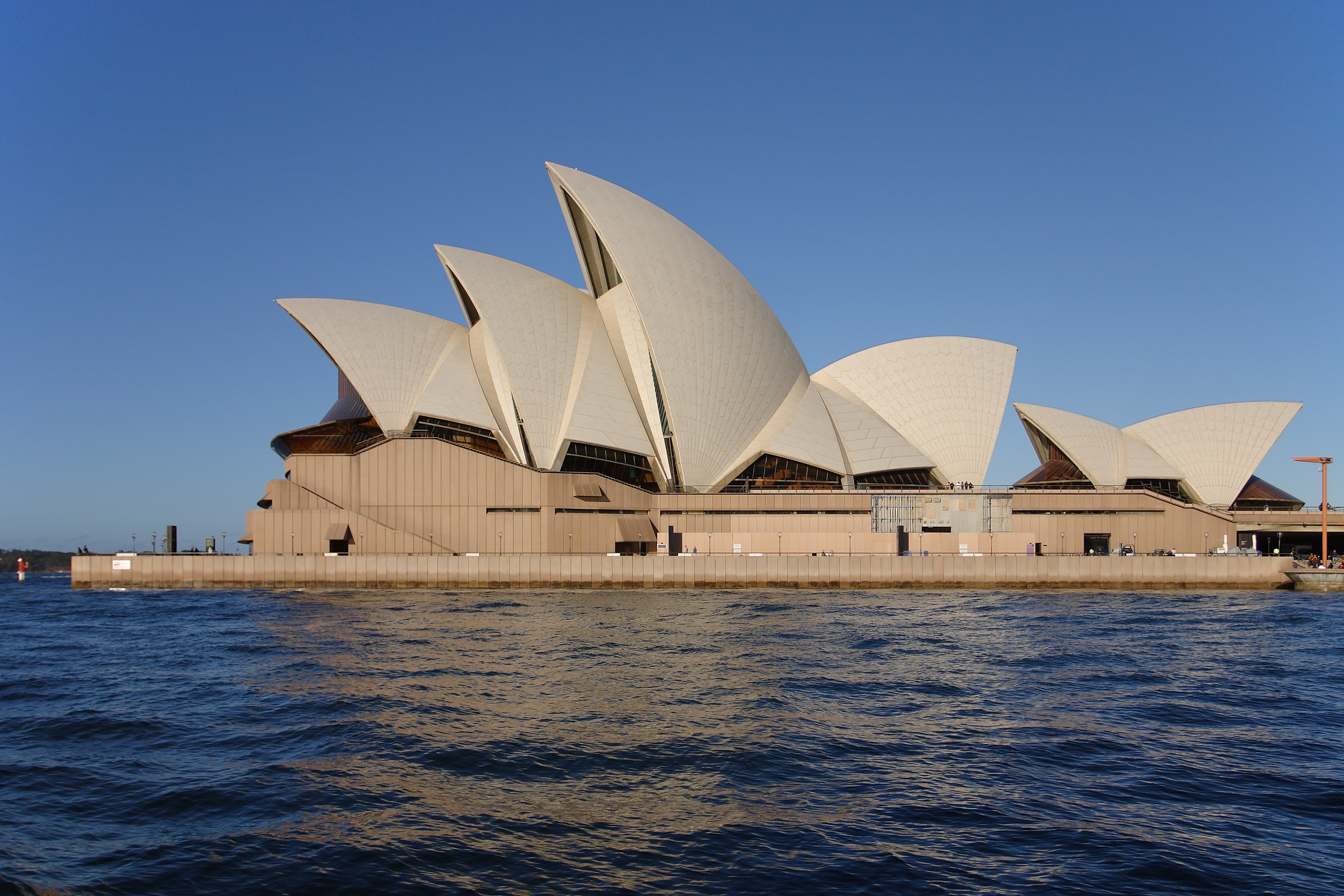Gilbert and Robinson, Basqiat and Dubuffet, we were bombarded with ideas about creativity this week.
Elizabeth Gilbert and Sir Ken Robinson both shared their views on creativity with us in class. Though not exactly in person, their ideas were so immersive it just drew me in.
Elizabeth Gilbert talked about externalizing creativity, attributing creativity to an entity outside oneself, allowing credit and blame to be attributed elsewhere. She talked about daemons, genii, muses as it were, where other creative people she knew would describe experiences where inspiration would come to them whether they are ready for it or not. I find this to be true of myself, doing graphical arts and having dabbled in short story writing, I would get storylines and layouts that seem perfect at the most random times, often when I cannot record it and then lose it later on when I can. I would very much like to shake my fist at this daemon character, working when he shouldn’t and slacking off when he should but then I considered the spiritual side of things as well. Gilbert talked about the origins of Olé! Olé! Olé! (at least I think that is how it is spelled) and how it came from calling out to Allah, another external source of information. As a Christian, I feel that my creativity is a fruit of the spirit, and understand that it should be nurtured, as Sir Ken Robinson discusses.
Sir Ken Robinson’s talk brought to my mind a conversation I had with someone in California about schooling. Robinson talked about nurturing creativity, and changing how schools approach these things, about how the educational system is linear, and skills are checkpoints to success. If you do everything along the way, success will be at the end and it is a straight and narrow path. The creative path is not like this. The creative path seems to weave and wind, where success could be uncovered somewhere along the way, or even thrown at you when you least expect it. He discussed how one should be made ready for this. My discussion of schooling systems with the Californian studying Early Childhood in college looked to a revolutionary school where there is no set curriculum. Children from 5 to 18 turn up and are given total freedom on the idea that children will seek and accomplish the skills necessary for success if left to their own devices. I don’t necessarily agree with this idea but it is definitely an interesting concept.
When I first chose to be a designer, it was initially to move away from the expectations of others. I was always smart in the left-brain classes, earning top marks in mathematics and science. I was slated to be something in the more logical and analytical fields of life, but I did not want that. I wanted change. I found that area to be boring and repetitive and so sought the creative side. Graphic Design gave me an industry with income more stable than art, but a degree of flexibility with creativity. As I continued with this, I found it to be the thing I enjoyed the most, sometimes working on graphical projects for hours and hours, reaching to 5AM without even realizing. Graphic design is what I enjoy the most so it is what I choose to do.











